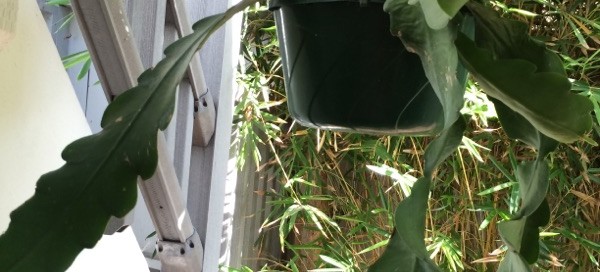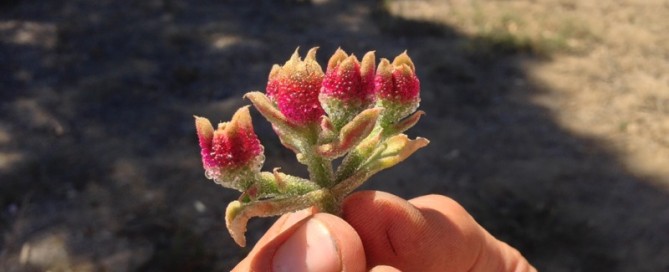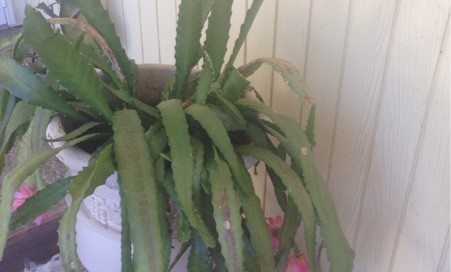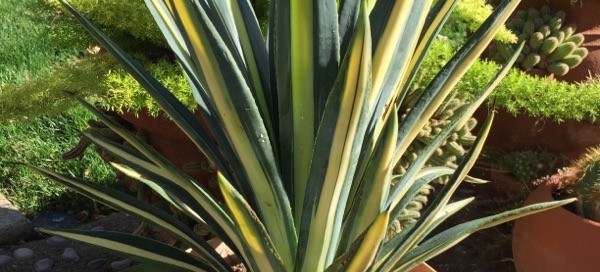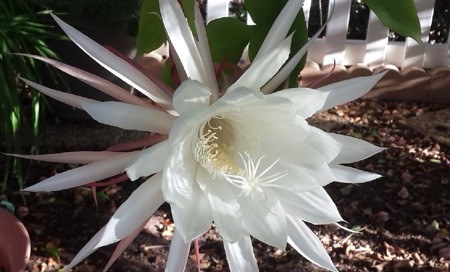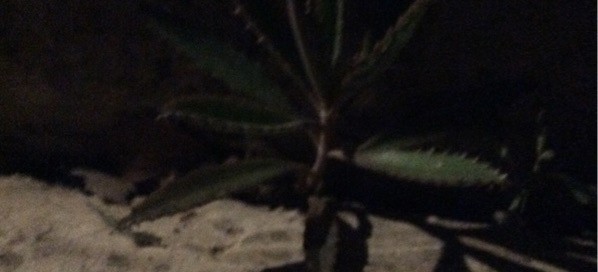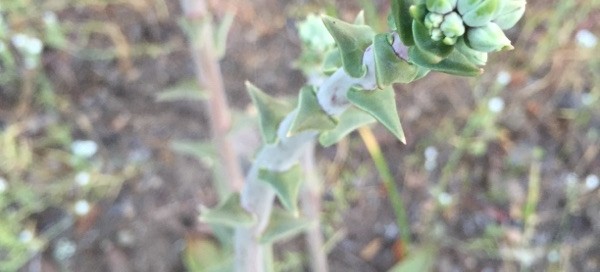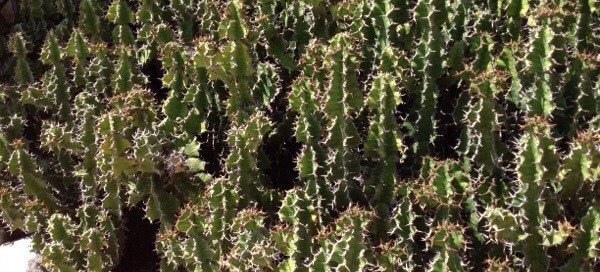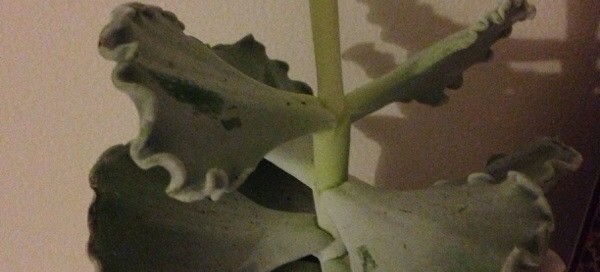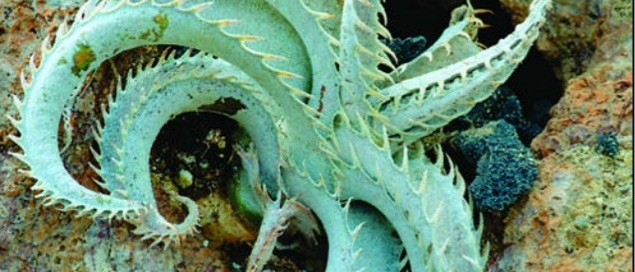Orchid Cactus
This plant is an orchid cactus. Usually called Epiphyllum but most garden varieties are actually hybrids between Epiphyllum and other cactus genera, hence it may be listed as "Epicactus". It is from the tropics and bears gorgeous flowers in the spring or summer depending on the variety (may take 3-5 years to bloom from a cutting). In your area, it can be kept outdoors in spring and summer in filtered light and should be watered regularly. Feed with a slow release fertilizer formulated for blooming plants. Tends to sprawl but that older growth is usually where the flower buds develop. Bring indoors whenever frost is predicted and place in bright indirect light. Best displayed in a large pot or hanging basket to show off the blooms.
